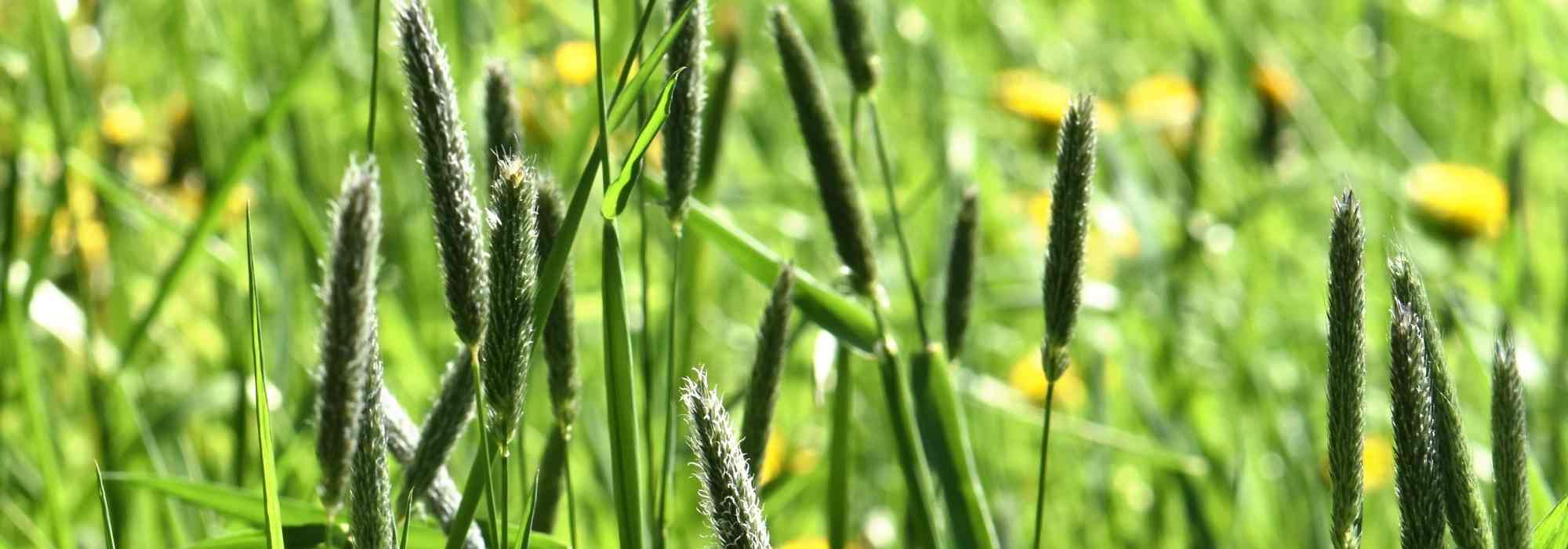
Alopecurus: planting, growing and care
Contents
Alopecurus pratensis in a nutshell
- Alopecurus is a lovely deciduous grass that forms graphic tufts
- It has light and bright foliage
- In summer, it showcases an attractive flowering with fluffy spikes
- Robust and vigorous, it grows in all exposures and in any type of light, fresh soil
- Its wildflower appearance suits a natural or countryside garden well
A word from our expert
Alopecurus is a wild grass also known as “foxtail or rat’s tail” due to the cylindrical shape of its fluffy spikes. Escaping from meadows and prairies, it has now made its way into our gardens! Only one species is cultivated for its ornamental value. The delicate, bright, and variegated foliage of Alopecurus pratensis ‘Aureovariegatus’ is particularly appreciated, being a remarkable cultivar of the meadow foxtail.
Easy to grow and hardy, it thrives in full sun or partial shade and adapts to rather moist, if not fresh, soils. It tolerates any good garden soil as long as it does not dry out too much in summer. It has no enemies.
With its supple yet elegant silhouette, it forms a lovely upright clump that does not spread. It can be planted in groups to highlight a border or punctuate a wild and naturalistic corner.
Discover this beautiful wildflower that brings lightness and movement to the garden!
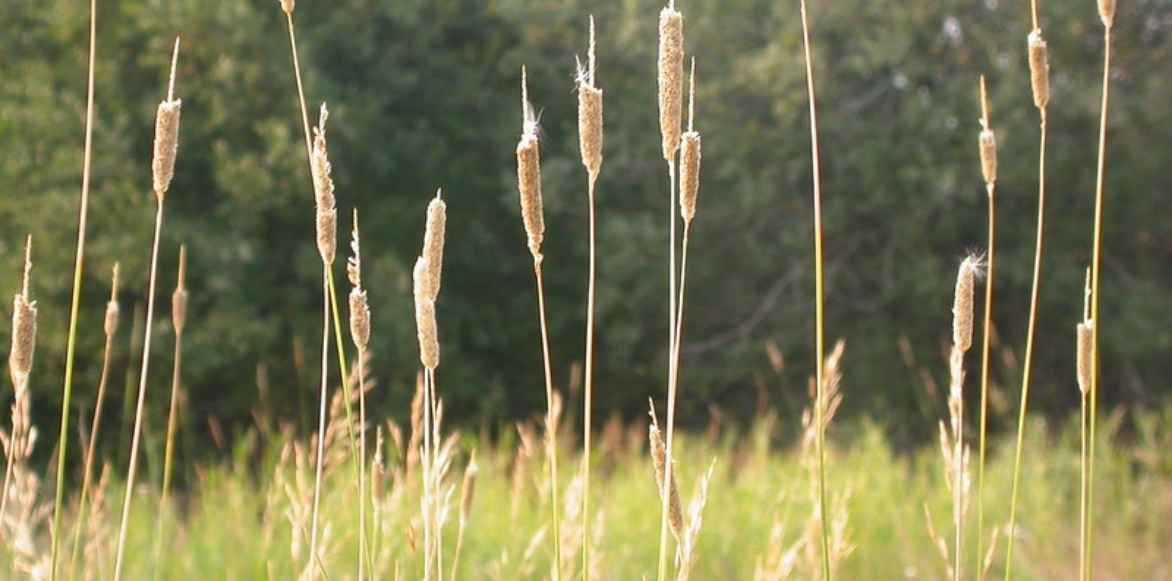
Alopecurus arundinaceus (Photo: Matt Lavin)
Description and botany
Botanical data
- Latin name Alopecurus
- Family Poaceae
- Common name Meadow foxtail
- Flowering June to August
- Height 60 to 80 cm
- Exposure Sun, Partial shade
- Soil type rich and light, cool
- Hardiness -15°C
Alopecurus, also known as “foxtail,” is a deciduous grass from the large family of Poaceae (formerly gramineae), native to temperate regions of Europe, Asia, and North Africa. The genus Alopecurus comprises 40 herbaceous species, both perennial and annual, including Alopecurus aequalis, Alopecurus geniculatus, Alopecurus gerardii, and Alopecurus myosuroides, the field foxtail. The Alopecurus pratensis or meadow foxtail is a forage species cultivated in our gardens for ornamental purposes. It is a very common species.
This field grass can be found along country paths, in meadows, wet prairies, and fallow lands, where it grows spontaneously throughout France. Having naturalised across all continents, some species can become invasive in certain regions of the globe.
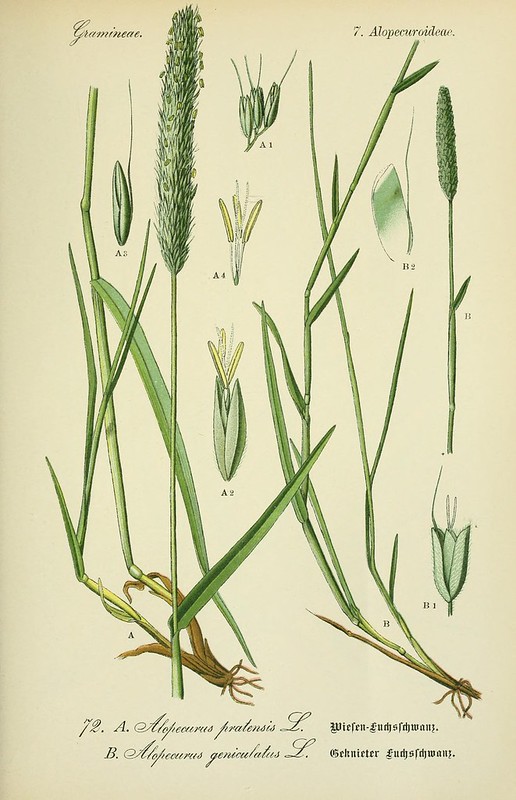
Botanical illustration (1903)
The Alopecurus pratensis is a tufted grass that expands over time without becoming invasive. All stems arise from a rhizomatous stump to form an upright tuft that is both flexible and dense, ranging from 20 to 80 cm in height, sometimes reaching up to 1m.
The slender stems bear deciduous foliage. Gathered into a vigorous tuft, the linear leaves, characteristic of grasses, are long, flat or ribbon-like, and very slender. The meadow foxtail can be recognised by the base of its upper leaves, which are surrounded by a more or less swollen sheath. Generally green in colour, the cultivar ‘Aureovariegatus’ is distinguished by its leaves striped with green and gold.
From this gramineous vegetation, flowering culms emerge in spring or summer, from May to August depending on the variety. The plant produces a flowering spike. At the tips of the stems, inflorescences in spike-like panicles appear. They consist of simple, elongated or cylindrical spikelets measuring 4 to 12 cm long. These false spikes, more discreet than those of other grasses, are greenish to purplish and feature prominent white or purple stamens. The glumes are long and ciliate along the keel. Velvety and silky, they unmistakably resemble rat or fox tails, hence the name, Alopecurus meaning “fox tail” in Greek.
At the end of the season, this lovely grass serves as green manure by decomposing in the soil to enrich it. The plants can be mown once they have disappeared. The meadow foxtail fits perfectly into a smart crop rotation. Thanks to its abundant root system, it also aerates the soil and retains it during heavy rainfall.

Inflorescences of Alopecurus pratensis (Photo: Andreas Rockstein), Alopecurus magellanicus, and foliage of Alopecurus pratensis (Photos: Matt Lavin)
Read also
Grasses: which variety to choose?Main species and varieties
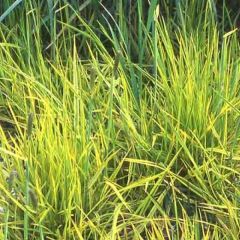
Alopecurus pratensis Aureovariegatus
- Période de floraison June to August
- Hauteur à maturité 60 cm
Planting
Where to plant the meadow foxtail?
Vigorous and hardy down to -15°C, Alopecurus pratensis thrives in most of our regions. It will perform best in non-burning sunlight or partial shade. Not being a demanding perennial, it will be content with any good garden soil, ideally fresh to moist, where it will show greater vigour. Plant it preferably in a location that remains cool, not too dry in summer. It enjoys rich, light soils and can tolerate excess water in winter. Its roots cope well with wet soils.
It forms robust clumps that add volume and lightness to all displays. With its airy silhouette, it stands out in all wild gardens, in a flowering meadow, as well as in a lush border or whimsical arrangement.
When planted in masses, it also provides an excellent solution for stabilising a bank, as it has the advantage of reducing erosion due to its root system.
When to plant it?
Planting can be done in spring from February to April or in autumn from September to November, avoiding periods of frost or extreme heat.
How to plant it?
To achieve a beautiful group effect, plant 5 plants per square metre. In borders, maintain a planting distance of 30 to 40 cm between each plant. If the soil is too draining and too dry in summer, add some compost to help retain moisture. In poor soil, also add organic matter.
- Soak the root ball in a bucket or basin of water before planting
- Dig a planting hole about twice the size of the root ball
- Do not plant too deeply
- Water generously
- Mulch to a depth of about 5 cm with organic mulch
- Continue watering in the months following planting, especially during dry spells to ensure good establishment

Alopecurus pratensis (Photo: Andreas Rockstein) and Alopecurus arundinaceus (Photo: Matt Lavin)
Read also
Pruning grassesMaintenance, pruning and care
Hardy and easy-going, Alopecurus requires little maintenance. Be vigilant during the first summer following planting; water regularly to prevent it from suffering from drought during periods of intense heat or prolonged dry weather, as it appreciates soil that remains cool in summer. Supplement mulching as needed.
Optionally, in spring, add a shovelful of well-matured compost, as it will appreciate this organic fertiliser.
In February-March, as it is a deciduous grass, cut the clump back to ground level using pruning shears or shears. The plants can be mown as soon as they disappear and buried in the soil if you wish to use them as green manure.
We recommend dividing the clumps after 3 or 4 years to rejuvenate them.
It is a grass that is resistant to diseases.
Multiplication
The clump division is carried out at the beginning of spring; it is the simplest method to multiply Alopecurus.
- Lift the clump using a forked spade
- With a sharp spade, slice to take several pieces containing rootstocks
- Replant immediately in the final location in well-prepared soil
- Water and mulch
Associating
With its wild beauty, the Meadow Foxtail is well-suited to a country garden or a wild garden. It can also punctuate minimalist and graphic scenes in a contemporary garden.
Like all grasses, it brings a lovely lightness and volume to the garden, whether in naturalistic meadows or in borders with summer-flowering perennials. The Alopecurus pratensis ‘Aureovariegatus’ stands out with its variegated green and gold leaves. With its green-yellow foliage, it pairs easily with the vibrant blooms of Euphorbias, kniphofias, and the inflorescences of Achilleas. In scenes with complementary hues, mix it with indigo Lupins, delphiniums, and Buenos Aires Verbenas.
In a shaded border, it pairs perfectly with the decorative foliage of ferns (Cyrtomium fortunei, Polypodium vulgare) to create a very natural scene, alongside other grasses like Carex oshimensis ‘Everest’ or ‘Evergold’, Hakonechloa macra, and tufted canes. It is an excellent companion for hostas, heucheras, and ophiopogons. For light, swaying scenes, pair it with fountain grass, Calamagrostis Brachytricha or Diamond Grass, and stipas tenuissima.
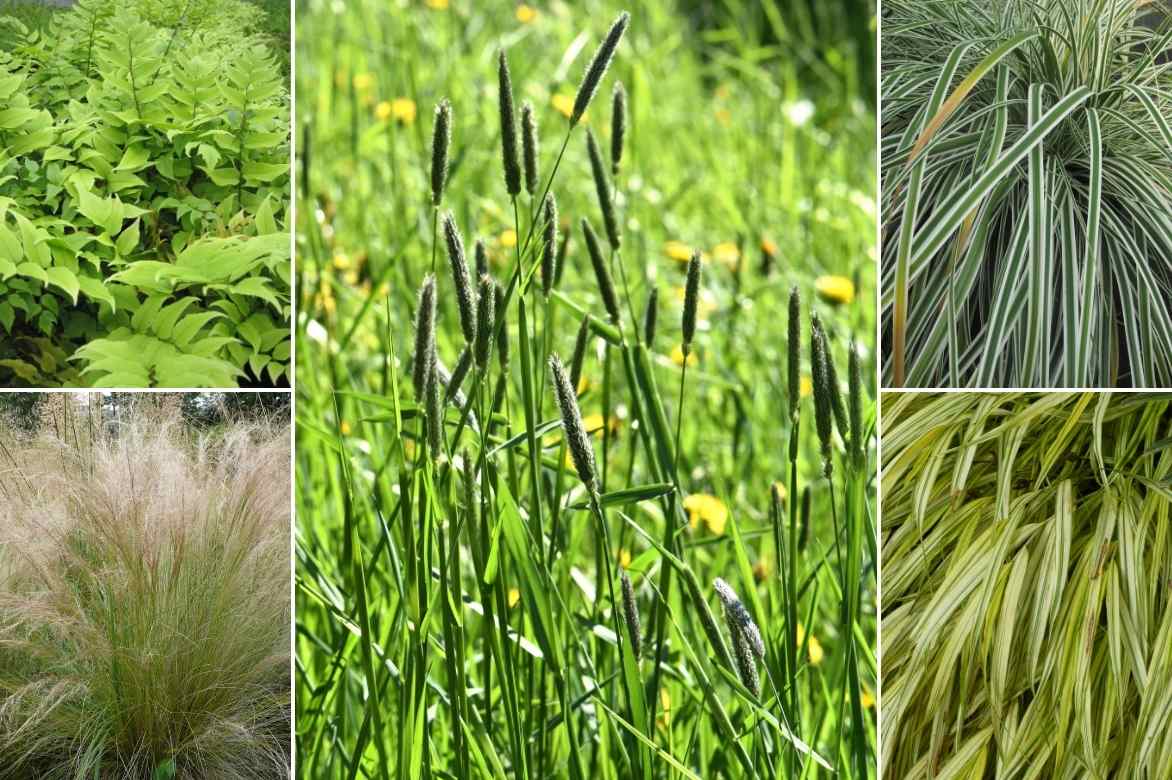
Alopecurus pratensis (centre), associated with a fern (Cyrtomium fortunei var clivicola), stipes, Carex oshimensis ‘Everest’, and Hakonechloa macra
In an exotic-looking composition, it can be paired with phormiums. In a more contemporary association, plant it alongside Phyllostachys aureosulcata ‘Aureocaulis’.
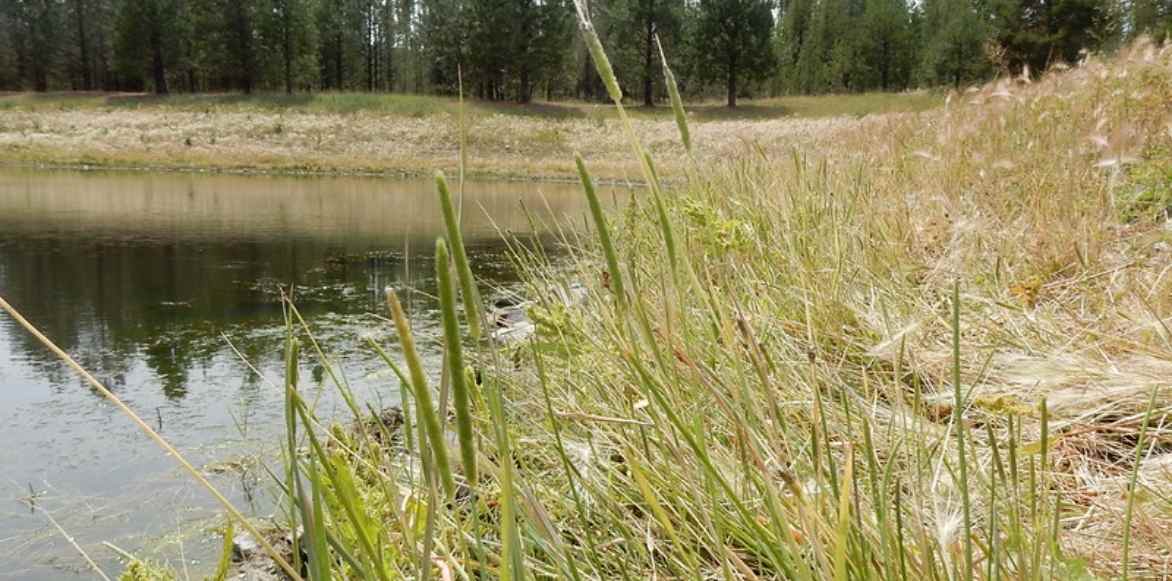
Alopeccurus aequalis (Photo: Matt Lavin)
Useful resources
- Our article– Grasses: Which variety to choose?
- An article by Michael – Grasses: those that we prune, those that we style
- Subscribe!
- Contents































Comments